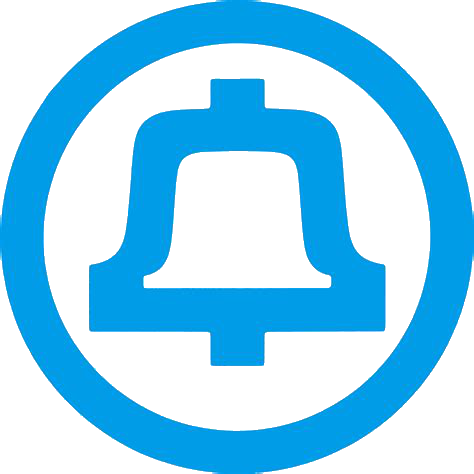Local Automatic Message Accounting
Local Automatic Message Accounting (LAMA) is a method of billing for long distance calls where the billing records are created and stored at the same central office that the call originated from. This is in contrast to CAMA, where the call records are sent elsewhere for aggregation and storage.
LAMA was first introduced in a step by step office Culver City, CA in the January 1944[1]. When a customer dialed a billable call, an operator was connected to the line and requested the subscriber's telephone number. The operator then keyed this number into her switchboard, and a ticket was printed automatically by a ticket printing machine attached to the outgoing selector.
Although this installation was successful, it did not continue to be deployed in other offices. Instead, further development was undertaken and LAMA was then re-introduced in an improved form with the No. 5 Crossbar in the late 1940s. LAMA was subsequently outfitted into the No. 1 Crossbar and Panel in the late 1950s.
